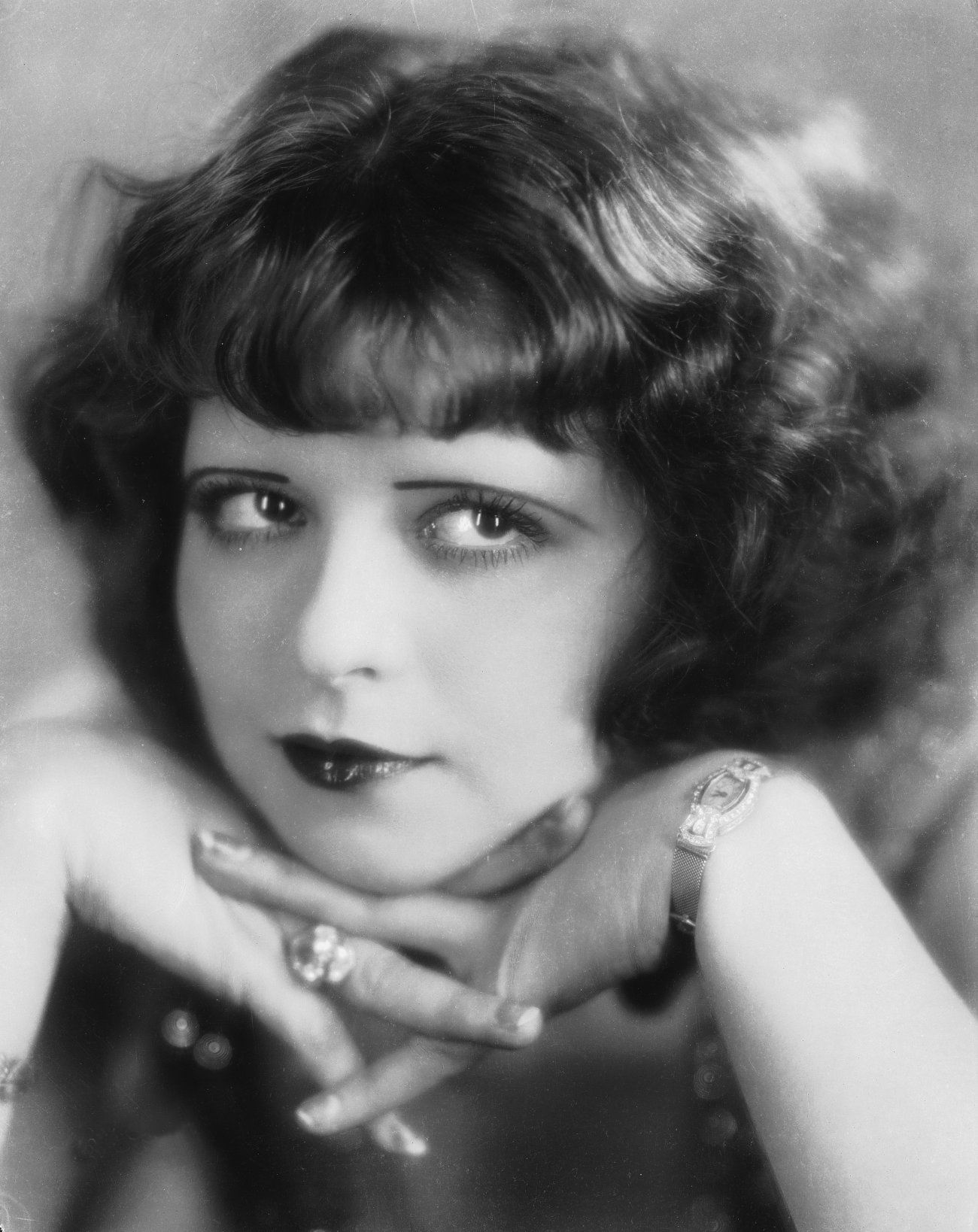"She was the first sex symbol," said David Stenn, author of "Clara Bow: Runnin' Wild." "I think more than that, Clara was the first female star whose appeal was 50-50," he noted. "She could pull the male audience who wanted her and the female audience who wanted to be her."
Bow's winsome appeal is on display in the UCLA Film & Television Archive's new retrospective "Call Her Savage: Clara Bow Hits the Screen." It opens in January at the Billy Wilder Theater with her last two films, 1932's "Call Her Savage" and 1933's "Hoop-La," both of which were recently restored. Stenn, who has also funded restorations of Bow's films, will introduce the screenings.
Other films in the retrospective include the 1927 romantic comedy "It," which lead to Bow's nickname, the "It" girl; 1927's "Wings," which won the first best picture Oscar; 1929's "The Wild Party," which was her first talkie; and the rarely seen 1931 film "Kick-In."
When Bow began in films, female stars such as Gloria Swanson, Mary Pickford and Lillian Gish ruled the box office. Unlike today, where Hollywood mostly caters to boys and young men, "the whole star system was created for female audiences," noted Jan-Christopher Horak, head of the archive.
"Empirically, more young women went to the movies than young men, and once they had families, they made the decision and they catered to that audience," said Horak. "If you look at the ratio between male and female stars, it is almost the opposite of what it is now. "
With her short, wavy hair, big expressive eyes and abundant spunk, Bow embodied the spirit of the carefree, uninhibited Jazz Age flapper. Bow's popularity paralleled the enormous inroads women were making post-World War I, beginning with finally getting the right to vote in 1920, getting rid of their corsets and entering the workforce in larger numbers.
"There is much more gender equality and Clara Bow epitomizes the 'It' girl — someone who is single, young and loves sex and is not afraid of it," said Horak. "That is completely different from the Victorian image that D.W. Griffith is propagating in the teens and even until the '20s."
Bow was "extremely refreshing to the working-class public," said Elaina B. Archer, producer and co-writer of the documentary "Clara Bow: Discovering the 'It' Girl."
"Everyone loved her across societal borders," Archer said. "Clara allowed them to relax. She wasn't ashamed of her sexuality — she embraced it."
By the late 1920s, said Stenn, "she was the No. 1 box office attraction. Clara Bow was such a huge draw at Paramount she was contracted to do four movies a year. They were simply known as 'Winter Bow,' 'Spring Bow,' 'Summer Bow' and 'Fall Bow.'"
Behind her mask of sauciness and vitality, though, Bow was dealing with a lot of demons.
Just like Monroe, Bow had a poor, Dickensian childhood. "She was literally born in a one-room cold-water flat above a Baptist church in Brooklyn to a mother who tried to kill her," said Stenn. And though her father abused her, Bow protected him all of his life.
Her behavior off-screen was unconventional. There were scandals and highly publicized love affairs. "The sad thing was the studios were very hypocritical," said Archer. "When it came to Clara, they expected her to be free on the screen and then reined her in off screen," Archer said. "I think in a lot of ways, they used her up. She was hurt by what she went through."
By the early '30s, she was physically and mentally exhausted. She had made 45 films in six years. Bow had a nervous breakdown after "Kick-In" and was admitted into a sanitarium. During this time, she met and married cowboy actor Rex Bell. Two years later, she retired and moved with Bell to a ranch in Nevada and had two children.
But she never was free of her mental distress. There was a suicide attempt in 1944, followed in 1949 by a stay at a mental institution. After Bell's death in 1962, she moved back to Hollywood, where she died in seclusion of a heart attack at age 60 in 1965...
SOURCE

_01.jpg)

45 movies in SIX YEARS?! No way! Poor thing. Who could withstand that?
ReplyDelete